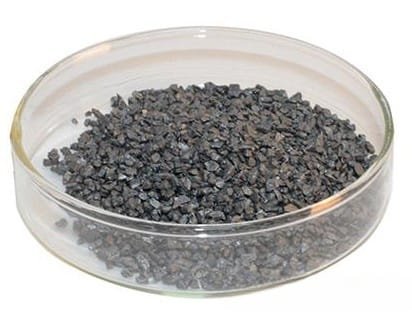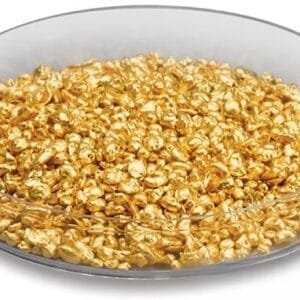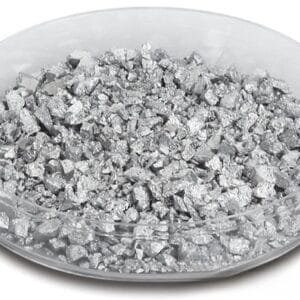Overview of Bismuth Selenide Evaporation Materials
Bismuth selenide evaporation materials from TFM are high-purity selenide ceramic materials with the chemical formula Bi2Se3. These materials are essential for deposition processes, ensuring the creation of high-quality thin films. TFM specializes in producing evaporation materials with purities reaching up to 99.9995%, adhering to strict quality control standards for guaranteed performance and reliability.
Related Products
- Tantalum Evaporation Materials
- Selenide Ceramic Evaporation Materials
Specifications of Bismuth Selenide Evaporation Materials
| Specification | Detail |
|---|---|
| Material Type | Bismuth selenide |
| Chemical Formula | Bi2Se3 |
| Appearance/Color | Gray solid |
| Melting Point | 710 °C (1,310 °F; 983 K) |
| Density | 6.82 g/cm³ |
| Purity Range | 99.9% to 99.999% |
| Available Forms | Powder, Granules, Custom |
Applications of Bismuth Selenide Evaporation Materials
Bismuth selenide evaporation materials are used in various deposition techniques such as semiconductor deposition, physical vapor deposition (PVD), and chemical vapor deposition (CVD). These materials are critical for applications involving optical coatings, wear protection layers, decorative coatings, and display technologies.
Packaging of Bismuth Selenide Evaporation Materials
TFM ensures that all bismuth selenide evaporation materials are securely packaged to prevent damage during transportation or storage. Each package is clearly labeled for easy identification and strict quality control.
Contact Us for Bismuth Selenide Evaporation Materials
As a trusted supplier, TFM offers a variety of high-purity bismuth selenide evaporation materials, including shapes such as tablets, granules, rods, and wires. Custom sizes and quantities are also available upon request. TFM also supplies a wide range of evaporation accessories, including sources, crucibles, filaments, heaters, and more. Please contact us for pricing information or for details about materials not listed.


 MSDS File
MSDS File



Reviews
There are no reviews yet.